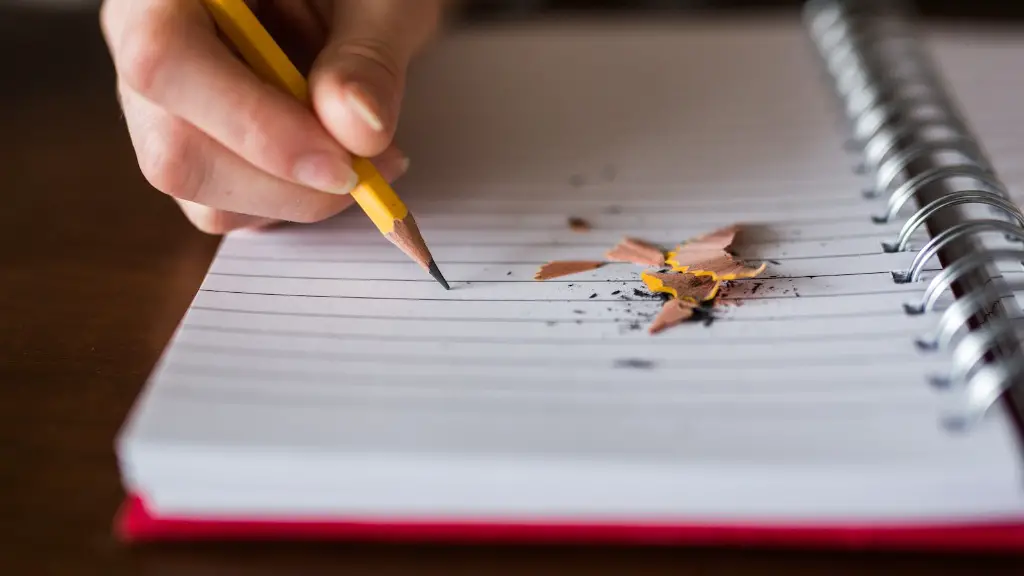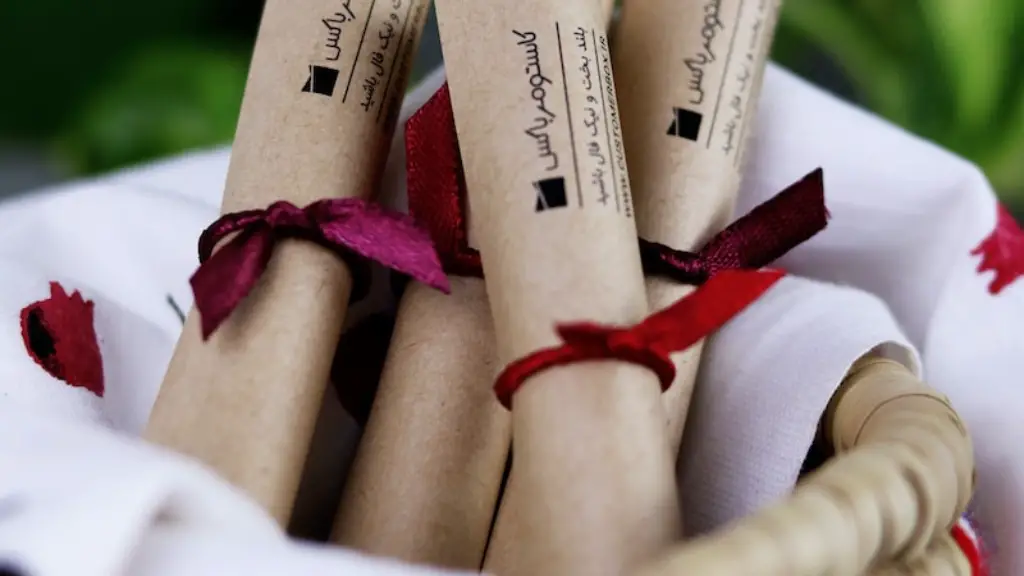What Is A Paragraph in Poetry?
A paragraph in poetry contains a group of lines with related ideas and a single poetic point. For centuries, poets have divided lines and stanzas into units of language that form a larger poem. Generally, paragraphs form by extending a single theme throughout many lines and breaking the poem up into distinct parts.
Poetry is distinct from other forms of literature and writing because it uses ambiguity, cadence, rhythm, and emotionally charged language to affect the reader. In many cases, it’s difficult to draw the boundaries between paragraphs.Paragraphs vary in length, depending on the specific poem, the poet, and their writing style. In some cases, poets organically create longer or shorter paragraphs, while in others they set out to create a certain type of paragraph before they start writing.
Likewise, poets also choose to write different kinds of paragraphs. Prose-poems, for instance, are written in paragraphs that look like conventional prose paragraphs, supporting one main point. Traditional poems, on the other hand, may have multiple paragraphs for each stanza.
The main characteristic of poetry paragraph is that it emphasizes particular words and phrases and the rhythm between them. It also features changes in its tone and meter, additional imagery, and sometimes follows a specific rhyme scheme. Poets use enjambment to ensure the poem is continuous, but still separate its ideas into paragraphs.
Purpose Of Paragraphs In Poetry
Paragraphs in poetry convey messages and ideas to the reader. The way a poet chooses to format their paragraphs can draw attention to specific words and phrases, set the tone of a poem, and make thematic statements. In addition, breaking up a poem into smaller units of thought can add clarity to its structure and emphasize each point in turn.
For example, long, uninterrupted lines of text can confuse or bore readers, while shorter, easier-to-read paragraphs make poems easier to understand. Paragraphs can also be used to express or explore conflicting feelings, such as in free verse poetry. Finally, poets can emphasize the relation between ideas by making them the main focus of a paragraph.
How To Use Paragraphs When Writing A Poem
Poets can use paragraph structure to make a poetic point and add emotive power to their work. To do that, they need to pay attention to how they divide the paragraphs, the length of each part, the language they use, and how to punctuate the paragraph. The following are a few tips on how to effectively use paragraphs when writing a poem.
First, write each paragraph in one or two sentences. Short paragraphs make reading poetry easier and can help to emphasize a phrase or point in time. If the poem follows the traditional rules of stanzaic structure, use end-stopped lines and appropriate punctuation to bring balance and unity to the poem.
Second, poets should be aware of the rhythm of the poem and how a line or paragraph’s punctuation influences it. In particular, look for repetition, alliteration, and enjambment: take advantage of them to create a unique and immediate effect in the reader’s mind.
Third, it’s important to use language that encourages the reader to engage with the poem. To achieve that, writers must think of language at two levels: its surface meaning, and its undertones. Doing so will help to bring the poem to life and retain readers’ interest.
Finally, poets should consider the impact of typography. To create a certain visual effect on the page, poets may use all-capital or all-lowercase letters, indent lines, insert blank lines, and add illustrations. These elements can leave a lasting impression on readers, and help to convey the emotional message of the poem.
The Benefits Of Paragraphs In Poetry
Using paragraphs when writing poetry brings several benefits. Most importantly, it enables the poet to convey a deeper meaning to the reader. Additionally, it allows the poet to present the poem in a meaningful way, whether that includes emphasizing important words, breaking up lines, or by exploring different writing styles.
Paragraphs in poetry also give the writer more flexibility. They allow the poet to effectively communicate a variety of information, from complex ideas to simple concepts, in a more reader-friendly way. For instance, it’s easier to read a poem that is divided into paragraphs than one without breaks. This can be especially useful in longer poems and those with complex themes and metaphors.
Paragraphs are also invaluable when it comes to depicting a story or event. Using paragraphs allows poets to break up their poem into distinct and smaller parts, so they can focus on a particular moment or detail without overwhelming the reader. Paragraphs in this sense can act as a tool that guides readers into a new setting and point in time within the same poem.
Finally, using paragraphs in poetry encourages creativity. With its various rhythm and rhyme schemes, paragraphs are often an effective way to bring out a poet’s unique style. In this sense, it can help poets to create unique pieces of art and express their creative selves.
The Challenges Of Paragraphs In Poetry
Paragraphs in poetry aren’t without their challenges. The most difficult part is to decide when to use them. Poets often struggle to determine the best use of paragraphs, such as when to break up lines, insert a new paragraph, or make a transition. Additionally, choosing where to end paragraphs can be a challenge, as it must make sense in terms of the poem’s language and content.
Moreover, poets need to decide which language or words to include or exclude in each paragraph. This decision can be difficult, as the poet must balance between introducing ideas and allowing the reader to understand the poem quickly. In this sense, they need to consider how to convey the same idea in fewer words.
The length of the paragraph can also be challenging. Poets should be careful not to make paragraphs too long, as this can confuse the reader. On the other hand, they must avoid making paragraphs too short, as they can be difficult to read and understand.
Finally, pieces of poetry aren’t just about creating a dynamic verse – they must evoke an emotional effect in the reader. However, creating emotional paragraphs, can be difficult as poets need to effectively combine words, phrases, alliterations, rhymes, and pauses in order to draw readers in.
Conclusion
Paragraphs are an important structure for writing poetry. They can be used to convey meaning, break up lengthy text, and add texture to the poem. They can also give poets the opportunity to be creative and express themselves. However, care needs to be taken when writing paragraphs as it can be difficult to decide the best use of paragraphs, determine their length, and evoke an emotional response.

